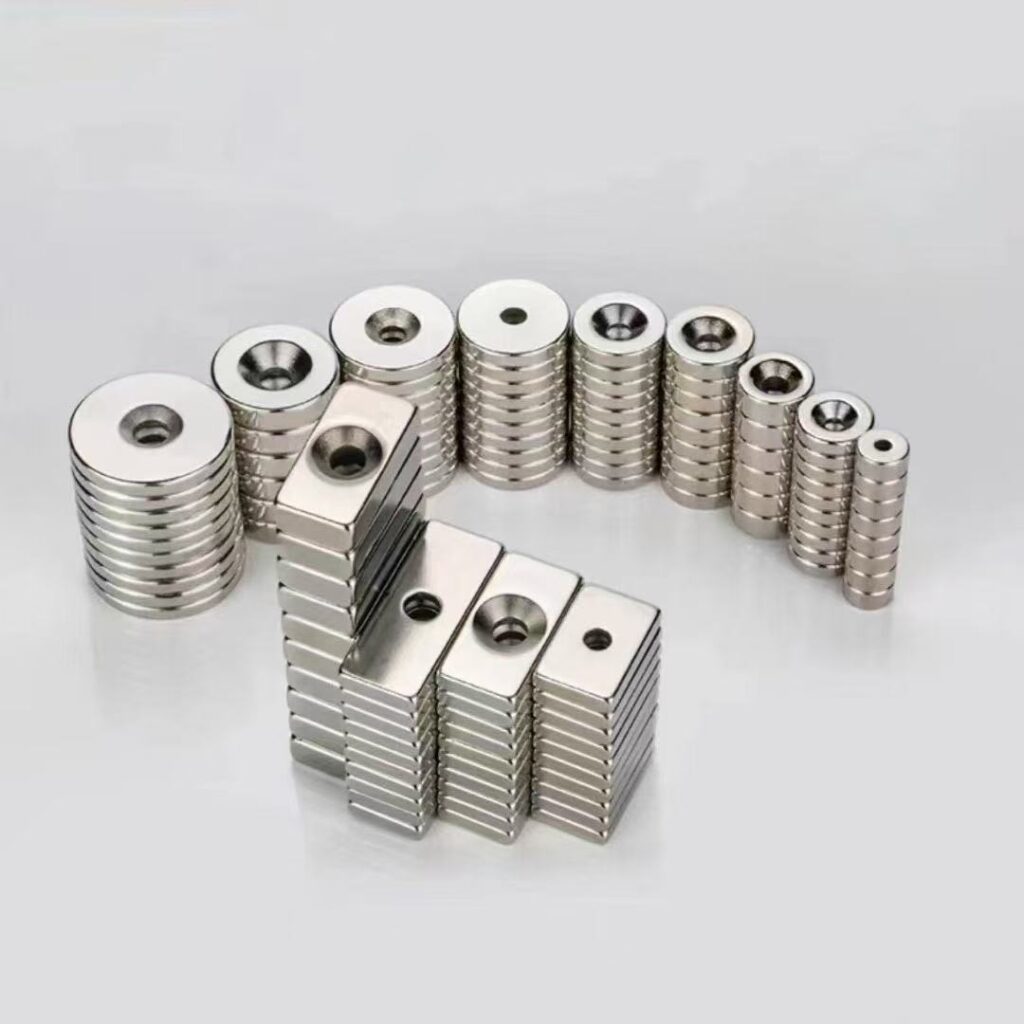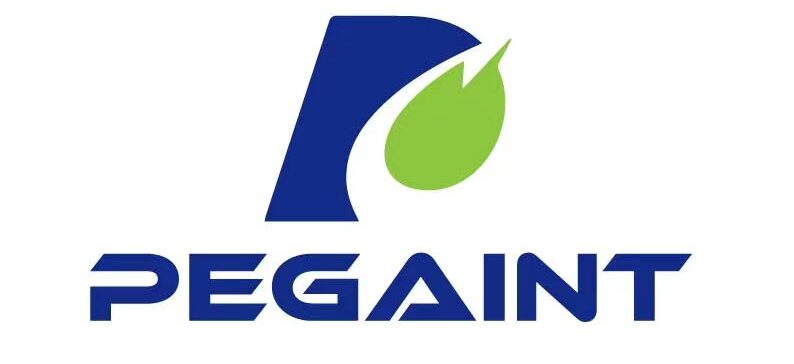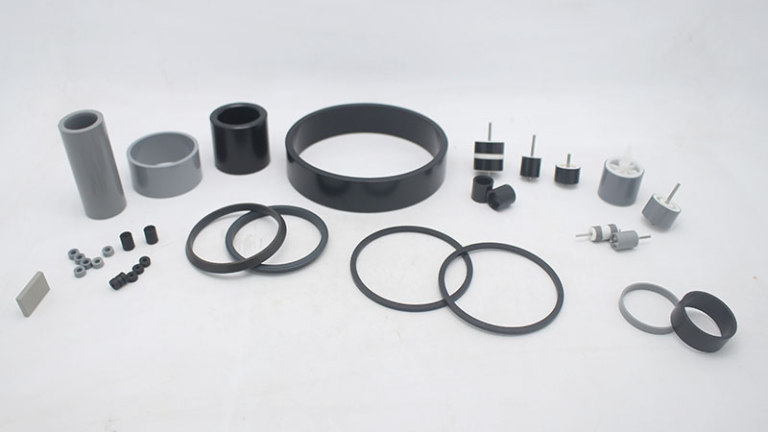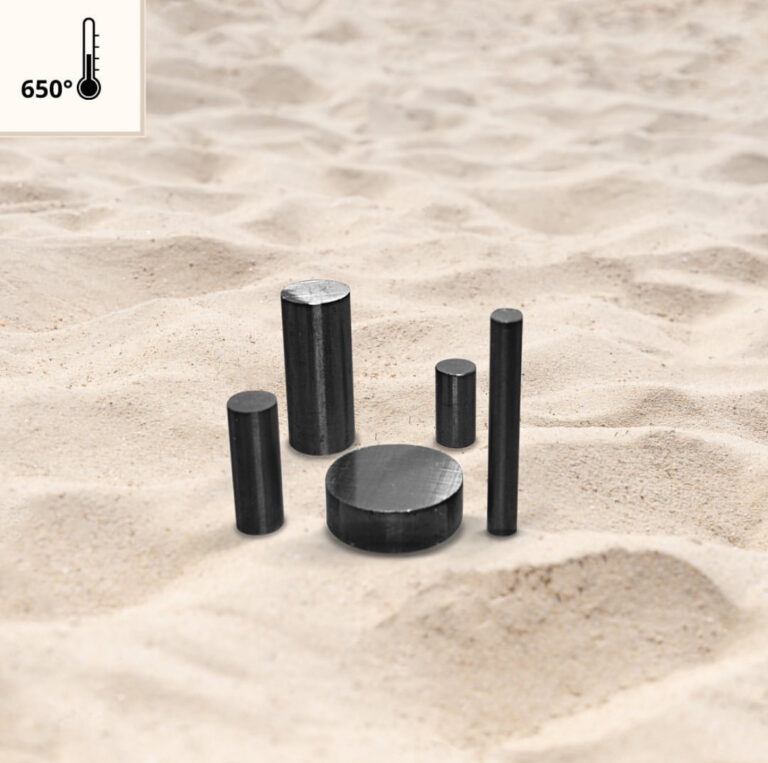NdFeB magnets: opportunities, challenges and ten-year outlook under the new energy wave
As the third-generation rare earth permanent magnet, NdFeB permanent magnet material has become one of the core materials of modern industry with its high magnetic energy product, strong coercive force and excellent energy density. In 2022, the global NdFeB magnet market size is about US$12 billion, and China accounts for more than 90% of the production capacity, dominating the global supply chain. Its core application areas include new energy vehicle drive motors (accounting for 35%), wind turbines (25%), consumer electronics (20%) and industrial robots (10%), among which the driving effect in the new energy field is particularly significant.
Data support:
The demand for NdFeB in the new energy vehicle industry has surged from 8,000 tons in 2015 to 35,000 tons in 2022, with a compound annual growth rate of 23%;
The global wind power installed capacity has increased from 433GW in 2015 to 900GW in 2022, and each direct-drive permanent magnet wind turbine consumes about 1 ton of NdFeB;
China’s rare earth reserves are 44 million tons (accounting for 36% of the world), but it undertakes 70% of the world’s rare earth refining and 90% of NdFeB production.





II. Development opportunities in the next decade
- New energy revolution drives demand explosion
Under the global carbon neutrality goal, the new energy industry will continue to expand. The International Energy Agency (IEA) predicts that the global new energy vehicle penetration rate will reach 60% in 2030, and the corresponding NdFeB demand may exceed 100,000 tons/year; offshore wind power installed capacity is expected to grow at an annual rate of 15%, further driving the demand for high-end magnets. - Technological innovation promotes application expansion
High performance: Breakthroughs in low-heavy rare earth (such as dysprosium and terbium) magnet technology (such as grain boundary diffusion method) improve the high temperature resistance of magnets, which can meet the working environment requirements of electric vehicle motors above 200°C;
Miniaturization: The demand for ultra-thin magnets in the consumer electronics field (such as TWS headphones and micro motors) promotes the research and development of nanocrystalline NdFeB;
Recycling technology: The global rare earth recycling rate is less than 5%, and the recycling volume of retired magnets is expected to reach 20,000 tons in 2030. The circular economy will ease resource constraints.
- Policy dividends and industrial chain reconstruction
China’s “14th Five-Year Plan” lists rare earths as strategic resources, and Europe and the United States are accelerating the construction of local supply chains. The U.S. Department of Energy plans to invest $140 million to build local rare earth permanent magnet production capacity, and the EU’s “Critical Raw Materials Act” requires that the localization rate of permanent magnets reach 20% by 2030. The formation of regional supply chains may give rise to the differentiation of technical standards.
III. Main challenges and risks
- Resource supply imbalance and price fluctuations
Global rare earth resources are highly concentrated (China, Myanmar, and Australia account for 80% of the reserves), and geopolitical risks are increasing. In 2022, the price of praseodymium-neodymium oxide once soared to 1.1 million yuan/ton (up 160% year-on-year), resulting in cost pressure on magnetic material companies. - Threat of alternative technology
Ferrite and iron-nitrogen magnets: Although the magnetic energy product is low, the cost is only 1/5 of that of neodymium iron boron, forming a substitute in the mid- and low-end markets (such as home appliances);
Rare earth-free motor technology: Some models of Tesla Model 3/Y use induction motors, and Toyota is developing heavy rare earth-free motors, which may weaken long-term demand.
- Environmental protection and compliance pressure
The radioactive waste (such as thorium) and wastewater treatment costs associated with rare earth mining are high. The EU’s “New Battery Regulations” require a permanent magnet recovery rate of 30% by 2030, forcing companies to upgrade environmental protection processes.
IV. Forecast of development prospects in the next ten years
Market size: It is estimated that the global NdFeB magnet market will reach US$30 billion in 2030, with an annual growth rate of about 12%.
Technology trends:
The proportion of high-abundance magnet tanah jarang (Ce, La substitution) will increase to 15%;
The application of bonded NdFeB in 3D printing will accelerate;
Intelligent production (such as AI optimization of magnet design) reduces the R&D cycle.
Regional pattern: China will still dominate the low-end and mid-end markets, and Europe and the United States will seize the share of high-end magnetic materials through technical barriers (such as patent layout).
V. Conclusion: “Magnetic” force game in the dual-carbon era
The next ten years of Magnet NdFeB will be an intertwined period of new energy dividends and technological breakthroughs. Enterprises need to build core competitiveness in resource integration (such as participating in rare earth mines), technology iteration (developing low-cobalt/cobalt-free formulas) and green transformation (zero-carbon smelting). At the same time, international competition will shift from production capacity scale to competition for standard setting rights. Whether China can break through the patent blockade (Japan holds more than 50% of core patents) will become a key variable in the global industrial chain discourse power.







